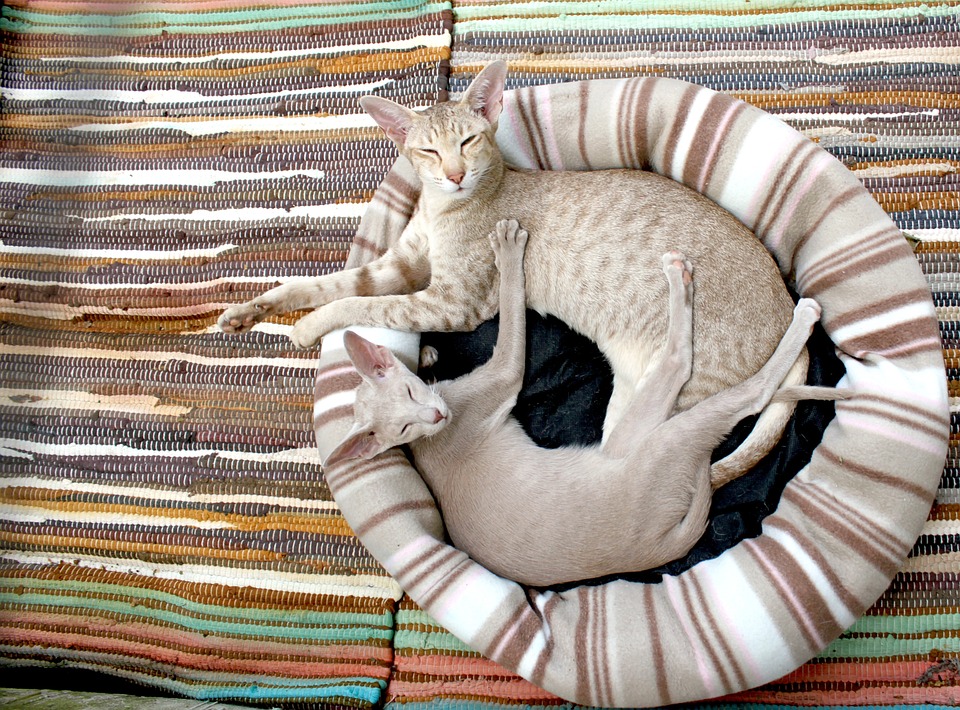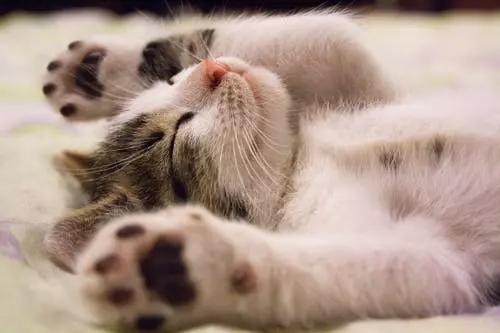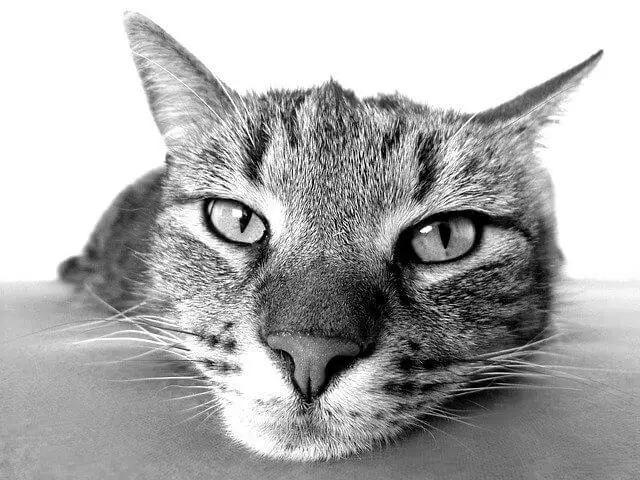Recognizing and addressing signs of pain or discomfort in cats is crucial for their overall well-being. Cats are masters at hiding their pain, making it essential for owners to be vigilant and observant. Whether the cause is injury, illness, or age-related conditions, it is important to recognize the signs and take appropriate action.
One of the most common signs of pain or discomfort in cats is changes in behavior. Cats may exhibit decreased activity levels, hide or seek isolation, display increased aggression or irritability, excessively groom or lick a particular area, or experience a loss of appetite or changes in eating habits. These changes should not be ignored and should prompt further investigation.
Altered vocalization is another indicator of pain or discomfort in cats. They may meow frequently or excessively, growl, hiss, or moan more than usual, purr in a different or irregular manner, or exhibit unusual silence or reluctance to vocalize. These vocal changes can be a cry for help and should be taken seriously.
Changes in mobility can also indicate pain or discomfort. Cats may have difficulty jumping or climbing stairs, show reluctance to move or play, limp or favor a particular limb, or display stiffness or reluctance to stretch. These mobility issues can be a sign of underlying pain or discomfort.
Gastrointestinal issues such as vomiting or retching, diarrhea or constipation, and straining during urination or defecation can also indicate pain or discomfort in cats. These issues should not be ignored and should be addressed promptly.
Changes in appearance can also be a sign of pain or discomfort. Cats may have dull or unkempt fur, swelling or lumps on their body, redness or inflammation around a specific area, or abnormal discharge from their eyes, nose, or ears. These changes should be investigated further to determine the cause.
When it comes to addressing pain or discomfort in cats, it is always recommended to consult a veterinarian. Regular check-ups are important to monitor your cat’s health, and any observed symptoms should be described in detail to the veterinarian. A thorough physical examination will help identify the source of pain or discomfort, and the veterinarian will provide an appropriate treatment plan.
In addition to veterinary care, providing a comfortable environment for your cat is essential. Create a cozy and quiet space for them to rest and recover, ensure the litter box is easily accessible and clean, provide a warm and soft bed for them to sleep on, and offer a balanced diet that promotes overall well-being.
Administering medication as prescribed by the veterinarian is important for pain management. Always follow their instructions and use appropriate techniques for oral medications. Treats or pill pockets can make medicine administration easier, and it is important to monitor your cat’s response to medication and document any changes.
Implementing lifestyle adjustments can also help alleviate pain or discomfort in cats. Providing appropriate toys and scratching posts can keep them mentally stimulated, adjusting the height of food and water bowls can avoid straining, engaging in low-impact exercises can maintain joint mobility, and using pet ramps can help cats reach higher surfaces with ease.
In conclusion, recognizing and addressing signs of pain or discomfort in cats is crucial for their well-being. By being observant and proactive, owners can ensure their feline companions receive the necessary care and treatment. Regular veterinary check-ups, a comfortable environment, appropriate medication, and lifestyle adjustments can make a significant difference in managing pain or discomfort in cats. Remember, if you notice any concerning behaviors or symptoms, consult your veterinarian promptly to provide the best care for your cat.








